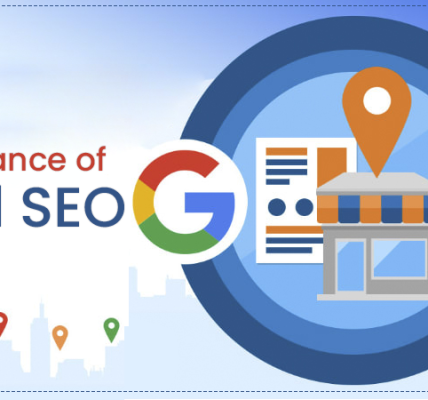The Importance of Site Speed in Web Design: Keeping Your Visitors Engaged
In today’s fast-paced world, patience is a rare commodity. This applies to your website as well. People expect webpages to load quickly, and if they don’t, they’re likely to bounce (leave the site) and head to your competitor. But site speed isn’t just about user experience (UX) – it also plays a crucial role in your website’s search engine optimization (SEO). In this blog post, we’ll explore the importance of site speed in web design and how to optimize your website for lightning-fast performance.
For any web design company, creating a website that is both aesthetically pleasing and functionally efficient is crucial. One of the most important aspects of website functionality is speed. In this blog post, we’ll explore the importance of site speed in web design and how to optimize your website for lightning-fast performance.
Why Does Site Speed Matter?
Here are some key reasons why site speed is crucial for your website:
-
Enhanced User Experience: Imagine waiting for a restaurant waiter who takes forever to take your order. A slow website is just as frustrating. If your pages take too long to load, visitors will get impatient and leave. Studies show that a one-second delay in page load time can lead to a 7% drop in conversions.
-
Improved Search Engine Ranking: Google prioritizes fast-loading websites in its search results. This means a faster website is more likely to rank higher in search engine results pages (SERPs), leading to more organic traffic.
-
Increased Conversions: Whether you’re selling products, collecting leads, or promoting a service, a fast website is essential. The longer visitors wait for your pages to load, the less likely they are to convert.
Optimizing Your Website for Speed
Now that you understand the importance of site speed, let’s look at some ways to optimize your website for performance:
-
Image Optimization: Large images can significantly slow down your website. Use tools to compress images without sacrificing quality.
-
Minimize HTTP Requests: Every element on your website, from images to scripts, requires an HTTP request. Reducing the number of requests can improve speed.
-
Leverage Browser Caching: Caching stores website data on a visitor’s browser, so they don’t have to download it again on subsequent visits.
-
Choose a Reliable Web Hosting Provider: Your web hosting provider plays a big role in website speed. Invest in a reputable provider with a strong infrastructure.
-
Minify Code: Minifying code involves removing unnecessary characters and whitespace from your website’s code, making it smaller and faster to load.
By implementing these strategies, you can significantly improve your website’s speed and reap the benefits of a better user experience, improved SEO, and increased conversions.
Going Beyond the Basics: Advanced Techniques for Website Speed Optimization
While the previous tips provide a solid foundation for website speed optimization, there’s always room for further improvement. Here are some advanced techniques to consider:
-
Content Delivery Network (CDN): A CDN is a network of servers distributed across the globe. When a visitor accesses your website, the CDN delivers content from the server closest to their location, significantly reducing load times.
-
Browser Caching Strategies: Basic caching is good, but there are advanced techniques like cache expiration times and cache invalidation to ensure visitors always have the latest version of your content.
-
Lazy Loading: This technique prioritizes loading content above the fold (the part of the webpage visible without scrolling) first. Elements below the fold are then loaded as the user scrolls down, improving the initial perceived speed.
-
Optimize Database Queries: A slow database can bottleneck your website’s performance. Work with your developer to ensure your database queries are efficient and optimized.
-
Code Splitting: Large JavaScript files can slow down page loads. Code splitting involves breaking down these files into smaller chunks that load only when needed.
-
Server-Side Rendering (SSR): For complex websites, SSR can be beneficial. With SSR, the web server generates the HTML content on the server instead of the browser, potentially improving initial load times and SEO benefits.
-
Preload and Prefetch: These techniques instruct the browser to prioritize loading critical resources like fonts or key scripts in advance, improving perceived performance.
Remember: Advanced techniques often require more technical expertise. Consider consulting a web developer to ensure proper implementation.
Measuring and Monitoring Website Speed
Once you’ve implemented these optimization strategies, it’s crucial to track your progress. Here are some free tools to measure and monitor website speed:
-
Google PageSpeed Insights: This popular tool from Google analyzes your website and provides specific recommendations for improvement.
-
GTmetrix: Another valuable tool, GTmetrix offers detailed performance reports and recommendations for optimization.
-
Pingdom Website Speed Test: This tool provides a quick and easy way to test your website’s speed from different locations.
By regularly monitoring your website’s speed and implementing these optimization techniques, you can ensure a fast, smooth user experience that keeps your visitors engaged and Google happy.





